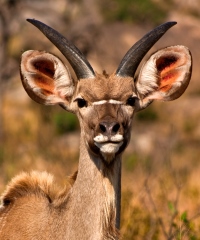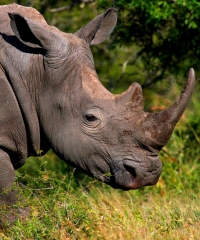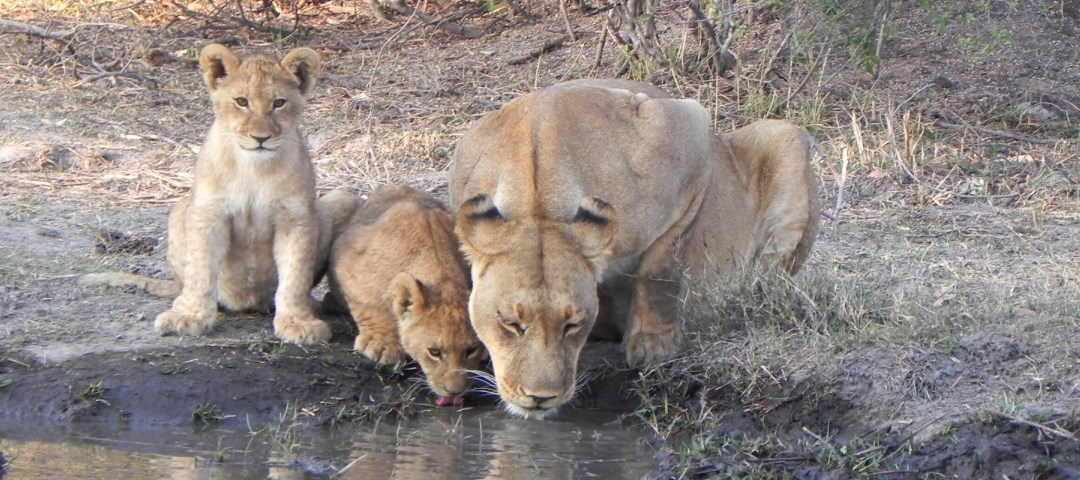Background
 Conservation efforts are providing hope for the future of wildlife and natural habitats, as populations of some rare species including humpback whales and black-footed ferrets begin to rebound. Even with these notable successes, conservation faces increasingly complex and widespread threats from human activities, such as habitat loss, poaching, illegal trade, and climate change. According to World Wildlife Fund’s Living Planet Report 2014, global wildlife populations have declined by more than 50% in the past 40 years. Some of the world’s most iconic wildlife –orangutans, gorillas, rhinos, tigers–as well as many lesser known species are now on the brink of extinction, despite extensive efforts aimed at protecting them.
Conservation efforts are providing hope for the future of wildlife and natural habitats, as populations of some rare species including humpback whales and black-footed ferrets begin to rebound. Even with these notable successes, conservation faces increasingly complex and widespread threats from human activities, such as habitat loss, poaching, illegal trade, and climate change. According to World Wildlife Fund’s Living Planet Report 2014, global wildlife populations have declined by more than 50% in the past 40 years. Some of the world’s most iconic wildlife –orangutans, gorillas, rhinos, tigers–as well as many lesser known species are now on the brink of extinction, despite extensive efforts aimed at protecting them.
 As human populations continue to grow and compete for resources, the pressures on wildlife become ever more acute. This is especially the case in developing countries where three-quarters of our world’s terrestrial animal species live. Across developing nations, human livelihood choices are limited and often tied directly to biodiversity. Wildlife species’ survival is likewise tied to human activities affecting their remaining habitats. Effective solutions seek to involve local communities in wildlife and habitat protection.
As human populations continue to grow and compete for resources, the pressures on wildlife become ever more acute. This is especially the case in developing countries where three-quarters of our world’s terrestrial animal species live. Across developing nations, human livelihood choices are limited and often tied directly to biodiversity. Wildlife species’ survival is likewise tied to human activities affecting their remaining habitats. Effective solutions seek to involve local communities in wildlife and habitat protection.
Why do conservation efforts succeed or fail?
 It is increasingly apparent that current conservation measures are failing to ensure that Critically Endangered species such as orangutans and tigers will survive. It is also often unclear which conservation measures are working and why, as they are rarely evaluated to find out if they are achieving desired results. Empirical or evidence-based evaluation of conservation actions is essential to identifying and promoting what works. Scientists have also called for greater accountability and transparency by conservation practitioners, more effective cooperation among stakeholders and with local communities, and improved enforcement of conservation laws as essential needs for wildlife conservation.
It is increasingly apparent that current conservation measures are failing to ensure that Critically Endangered species such as orangutans and tigers will survive. It is also often unclear which conservation measures are working and why, as they are rarely evaluated to find out if they are achieving desired results. Empirical or evidence-based evaluation of conservation actions is essential to identifying and promoting what works. Scientists have also called for greater accountability and transparency by conservation practitioners, more effective cooperation among stakeholders and with local communities, and improved enforcement of conservation laws as essential needs for wildlife conservation.
“Few well-designed empirical analyses assess even the most common biodiversity conservation measures.”– Millennium Ecosystem Assessment, 2005
Introducing Wildlife ImpactWildlife Impact is a charitable organization formed in 2015 to address these needs. Our mission is to protect wildlife in developing countries through evidence-based evaluation, capacity development and advocacy. Read more

